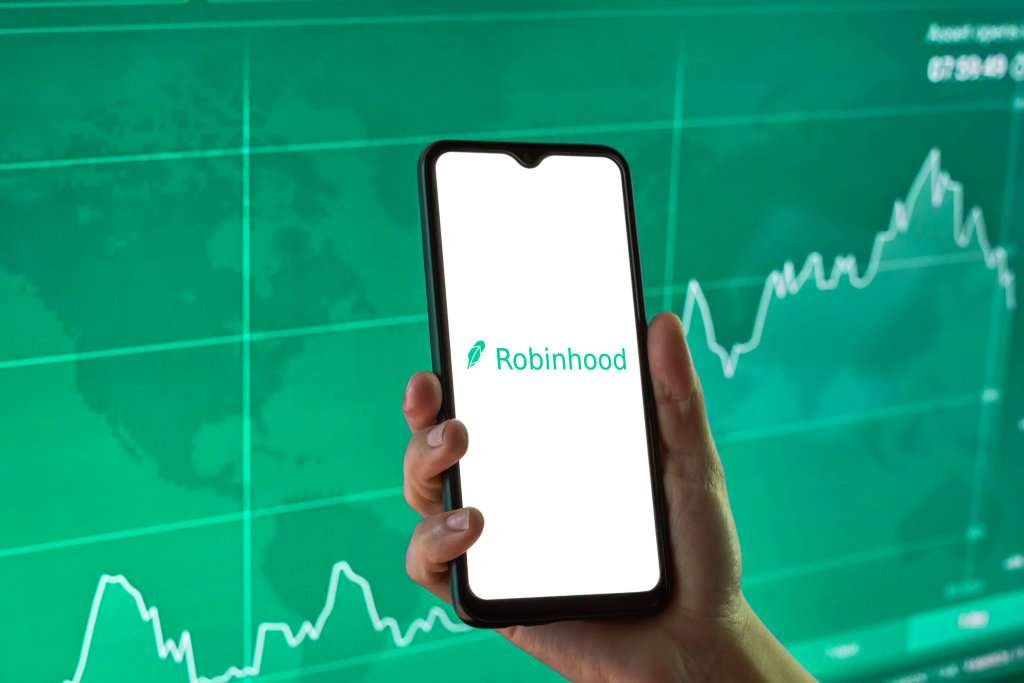It is difficult to disregard the fact that in today’s economy, investors with the sole aim of gaining higher returns, have been diversifying with an income-oriented approach. The highest paying dividend stocks, turn out to be an attractive choice for investors who want to add significant regular income to their returns.
This guide will comprise a complete, in-depth coverage of the basics of splitting the available wealth amongst high dividends. It includes real dividend, and forecast yields, undertaken in the form of a narrative opposite ten of the highest yield companies.

Dividends are definitely a key source of income for investors. This mostly happens when the market is nervous, there is an all-around crisis, or there is high security risk. High-dividend stocks are shares of companies that allocate a significant portion of their earnings to shareholders as dividends.
Investing in Dividend Stocks:
When considering investments in high-dividend stocks, investors have two primary options: stocks of individual companies or ETFs that pay dividends.
Dividend-Focused Funds:
Dividend investing is one of the strategies that can be opted for and can be done through the use of dividend-focused mutual funds or exchange-traded funds (ETFs). It holds diverse portfolios of dividend-paying stocks.
They bear the responsibility of immediate diversification in the hands of professional fund managers. This make them the best fit for those investors who would rather take an on-hand approach to dividend amounts.
Individual Stocks:
Investing in individual dividend stocks can demand a lot of time spent on accurate study and due diligence. Let’s explore some of the high-dividend stocks worth considering:
1. Altria (MO):
Taaltoria, a large tobacco company that owns Marlboro cigarettes, and its outstanding dividend yield of 9.4% are well-known to any investor in the market. The company’s history goes back many years, and its success in maintaining dividend payments even during the toughest of economic times.
This showed the company’s strength and capability to survive any economic pitfalls. The PLFA corporation has shown determination to reward shareholders, while encountering regulatory complications and shifting customer preferences.
2. Devon Energy (DVN):
As a dominant player in the oil and natural gas fields, Devon Energy gives investors an annual dividend collection of 6.9%. The company achieved this by concentrating on strategic aspects of asset portfolio enhancement and maintaining control over costs per transaction.
This helps it generate sustainable cash streams that endorse dividend payouts. Devon Energy, with a successful continued operational record, is still well positioned to handle the challenges of the energy sector.
3. Dow Inc. (DOW):
It is a global player in the field of chemicals of all kinds, currently has a dividend yield of 5.2%. As for the company’s enterprise principle, its power of product diversity covers a lot of areas. It includes packaging, infrastructure, and consumer goods.
Dow Inc. thrived amidst market challenges by prioritizing innovation and operational efficiency over downfall. Dow Inc., still an attractive option for people seeking income, makes a clear point about it.
4. International Business Machines (IBM):
As the largest tech company, IBM delivers a 3.6% dividend yield to its stockholders. Over the past century, IBM has been able to achieve progressive increases in payments on its dividends. This makes it a highly attractive income-generating system of investments for investors.
Nevertheless, despite numerous changes in the technology industry, IBM has succeeded in leading its product line. It consists of software and consulting services, thereby creating high earnings for shareholders.
The very fact that IBM is planning to make strides in its cloud computing and artificial intelligence capacities. It means that it will be very much in line with the overall growth in the long term and long-term dividend sustainability.
5. Verizon Communications (VZ):
Verizon, a telecommunications and technology company with high yields, currently pays out 6.3%. Verizon’s extensive network and loyal customer base position it well to sustain dividend payments and maintain revenue flow.
Despite fierce competition in the telecommunications sector, Verizon prioritizes infrastructure and technology to maintain competitiveness.
Shareholders can continue to rely on Verizon to provide them with value in accordance with their focus on dividend payments to shareholders. Thus, Verizon becomes a preferred choice for income-oriented investors looking for stability and growth.
6. AT&T (T):
The next telecom major, AT&T, provides investors with a dividend of 6.2%, making it a preferred choice. The company’s strategy, focusing on 5G upgrades and reducing debt, indicates a commitment to delivering value to shareholders. Taking into account that there are various types of companies represented by AT&T in different fields.
Like wireless communications, media, and entertainment services. The company will continue to expand and capitalize on growing consumer desires and emerging technologies. In spite of the challenges of competition, AT&T’s concentration on innovation and operational efficacy makes it well worth it for a patient investor to buy the shares.
7. Prudential Financial (PRU):
Institutionally, there is Prudential Financial, which is a great global financial service company, and it has a dividend yield of 4.9%. Due to a broad assortment of products and services, including relatively stable income flow, Prudential Financial successfully draws investors looking for income streams.
Prudential Financial Ltd. effectively managed regulatory challenges and market instability through strategic risk management and revenue diversification, earning investor respect.
Prudential Financial stays true to that commitment to financial strength and is supported by strong assets and long-term growth prospects, becoming the go-to mutual fund for income-oriented investors who want stability and dividend sustainability.
8. Philip Morris International (PM):
Global Philip Morris International, is paying regular dividends to investors at a rate of 5.6%. Regulatory shifts impact the marionette industry, but Philip Morris International’s smoke-free products attract income-seeking investors.
Among the factors, the company engaged in research and new prototypes, mixed products to satisfy different consumers’ tastes. It was able to take full advantage of changing consumer inclinations and regulatory requirements.
Philip Morris International’s counter strategies related to the difficulties of this type of hinder have made it the preferred choice for investors who are focusing on sustainable growth and shareholder value creation.
9. Walgreens Boots Alliance (WBA):
Walgreens Boots Alliance, the world’s largest retail pharmacy company, has declared a 4.3% dividend payout. With the large-scale offline business of the network of pharmacies and healthcare services, the Walgreens Boots Alliance will continue to be a strong source of income for investors.
Desiring opportunities for innovation and growth, the Walgreens Boots Alliance will stay as a preferred choice of dividend investors that are seeking comfort and dividend stability.
10. 3M Company (MMM):
With a very high yield of 6.3%, 3M, a diversified manufacturer, is one of the candidates suitable for dividend investors. 3M Company’s seasoned history of dividend payouts and a legacy exceeding a century, combined with its robust innovative portfolio, provide the platform for its invincibility as a dividend stock.
Incorporating the dynamic market landscape of today, 3M’s competitiveness still remains at the level of product development and innovation that propels it into various fields. 3M Company’s stock becomes an attractive one for investors in capital who are looking for both stability and long-term prospects.
Benefits of High-Dividend Stocks:
Investing in high-dividend stocks offers several advantages:Investing in high-dividend stocks offers several advantages:
Steady Income: Investors who are retired or income-oriented find high-dividend stocks very attractive and rewarding since they also provide a steady income stream.
Potential for Capital Appreciation: Further, along with the regular dividend payments, the high-investor stocks are capable of showing capital appreciation, which in turn is a provision of the possibility for long-term wealth growth.
Inflation Hedge: The distribution channel is another notable factor that benefits investors. Dividend payments tend to increase with time, guarding investors against inflation.
Risks of High-Dividend Stocks:
While high-dividend stocks offer attractive income opportunities, they also carry certain risks:
Dividend Sustainability: The longevity of dividend payments must be assessed through scrutiny of the company’s earning power.
Market Volatility: High-dividend stocks may end up costing more if they show high price volatility, perhaps weakening the entire performance of an investment portfolio.
Interest Rate Sensitivity: The image of high-dividend stocks might be dimmed by rising key interest rates, which results in these stocks being less attractive to investors and potentially causing their share prices to fall.
Conclusion:
Investing in high-dividend stocks can be a prudent move. Especially if you are looking to collect a solid income stream on a regular basis and benefit from capital growth. It doesn’t matter whether one is accustomed to a capital world through individual stocks or dividend-focused funds. What you need is to do extensive research, evaluate risks, and align your investments with your life objectives.
Stock holdings that set high dividend payments enhance the total returns of portfolios that are well diversified and risk-reduced at the same time. But investors should stay sensitive and eye their investments frequently to confirm their payments are still not only sustainable but also adaptable to the market´s shifts.





